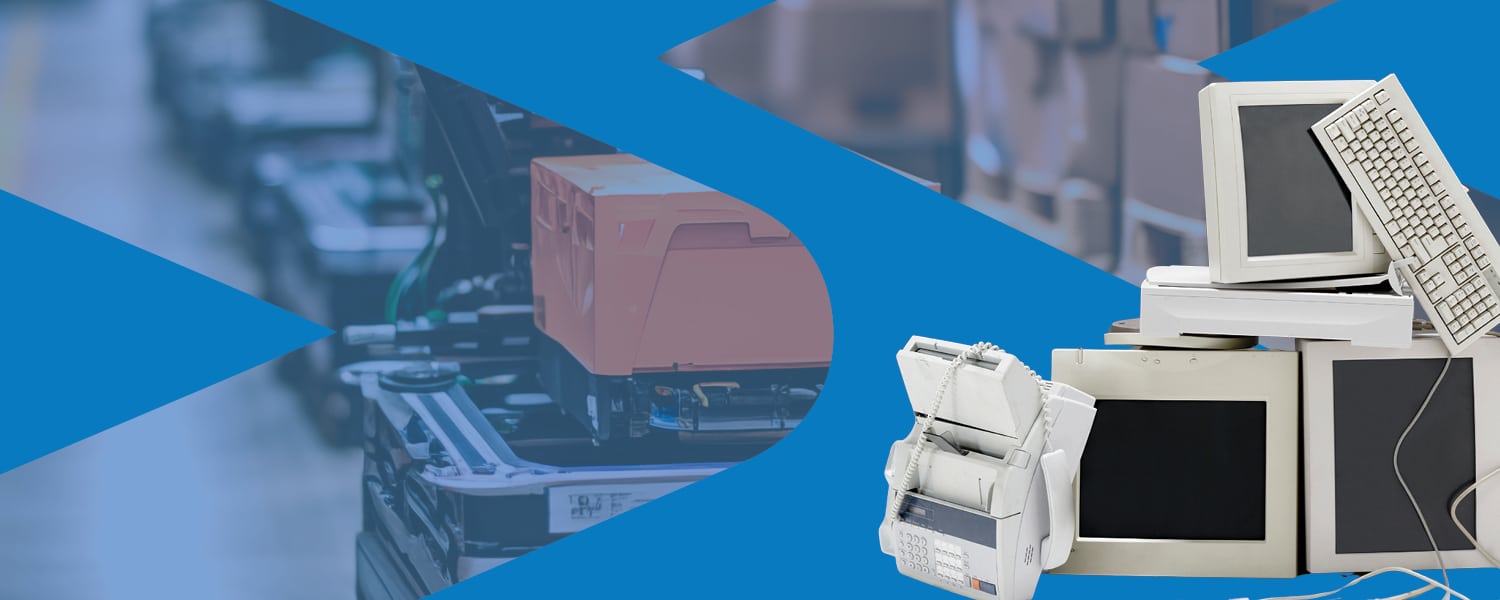
When it comes to supply chain management in these difficult times, the use of EDI integrations can transform your business efficiency. The considerable business challenges posed by COVID-19 and Brexit have meant companies in all sectors have had to optimise cost-efficiency in their systems and processes in order to progress and grow.
EDI, or Electronic Data Interchange, is a long-standing software solution, which allows businesses to connect with their trading network to digitally exchange and process essential business documentation. EDI has traditionally helped to automate the sharing and management of data underpinning orders, invoices and ASNs (Advanced Shipping Notices).
In addition to this, successful EDI integrations into internal business systems, such as ERPs (Enterprise Resource Planning) and Accounting software programs, to achieve indispensable oversight of data processing across their organisation. Yet to get the most out of your EDI integrations, they have to be managed carefully and expertly.
Here we explain some of the main benefits of EDI integrations and how to avoid any pitfalls.
Complete visibility
Enhance your EDI solution by integrating directly with your business systems, gaining complete visibility over your data.

More recently, forward-thinking companies and organisations have extended their standard EDI message sets to include many other items such as sales performance reports, warehouse inventories and product data.
The ability to distribute such invaluable information across a siloed business via an integrated EDI feed provides the kind of visibility managers need for improved decision making and greater agility.
At the same time, EDI integrations support communications with partners in the trading network as long as everyone is on board with the EDI platform.
A step-by-step approach to implementation
How then do EDI integrations begin and what can you expect success to look like?
The term “EDI integrations” refers to the connection of data or applications for the sharing of messages directly to an ERP, or other management and accounting systems.
There are a range of options to help you build your EDI solution into your applications. E.g. you can go for a one-to-one connection (typically a direct mapping of data fields), an API, or an integration layer.
Whichever option you choose, there are typically two broad stages involved in the implementation of EDI integrations.
The first is to identify the documents, transactions and protocols you use to exchange data.
Once you have analysed these documents and your current processes for sharing them, you will have a good understanding of the scope for message requirements.
The second stage is to translate your EDI data into a format suitable for back-office systems and your specific business requirements.
It is just as vital to ensure your EDI protocol can satisfy an accepted communication model such as AS2, standing for Applicability Statement 2.

This is a secure, encrypted process widely used across the world for EDI integrations.
Once you have agreed your protocol and communication model, you will need to decide how to integrate different sources of data into EDI. The goal here is to ensure everything is supported in file formats that your internal systems and those of your trading partners can validate.
This typically involves the task of mapping, in other words moving data from one format to another. This can be a time-consuming challenge with the need to define interface files and create new documents to support the process. The good news is that your EDI provider should remove this job from your to-do list by automatically mapping the data output from the source file into the relevant EDI format.
Then, with your provider’s help, you can move to test your EDI before going live so you can be sure it meets everyone’s requirements. Again, your provider should enable self-service testing to be done so that you can be much more confident your data is validated before you send.
Once your testing phase is complete, you will want to agree a mutually acceptable start time so you can begin to exchange data as soon as practicable.
Key benefits of EDI integrations
Cost control, speed, and accuracy
EDI integrations can deliver many benefits whether you are a retailer, manufacturer or supply chain partner. Chief among them are cost savings, faster processing efficiency, greater accuracy and a complete view of document exchange progress across your trading network as and when you need it. Here at Transalis, we have developed a series of product options focused on delivering exactly these benefits.
Transalis eDI™ can integrate directly with your systems to give you immediate data visibility across your business, including;
ERP
WMS
OMS
eCommerce platform
and back-office accounting
Case study: advice from beauty brand
A leading beauty product brand, and Transalis customer, offers a prime example of how EDI integrations can be successfully achieved with input from a trusted EDI provider.
“From a technical standpoint, EDI can be a scary prospect with regard to integration into your systems if you haven’t previously used it.

“There is a perception that it’s expensive and technical and you will be ‘locked in’ by your EDI provider.
“In reality, that’s all from the old days of EDI. The world has changed and EDI is now much more cost-effective and far easier to implement.
“You no longer need specialist skills because the supplier can handle all of this for you.”
Here at Transalis, we know that most businesses prefer to avoid spending precious time on the technical ins-and-outs of EDI integrations. They just want to enjoy the benefits and rely on a provider to do the heavy lifting.
With us, you do not have to worry about complex technicalities or, if you trade internationally, how your EDI should comply with the regulatory requirements and tax rules of different countries and territories. We take care of all that, leaving you simply to benefit from our price transparency, frictionless migration to maintain BAU (Business As Usual), short lead times for implementation, comprehensive operator training, as well as reliable and ongoing support. We also offer a dedicated on-boarding process for your trading partners.
eDI Software
To discover how fixed-price EDI integrations from Transalis can help you save money, visit our self-serve calculator at eDI Freedom. You can also contact our knowledgeable team via phone on 0845 123 3746 or +44 1978 369 343 (for international callers) or enquire via email sales@transalis.com.











